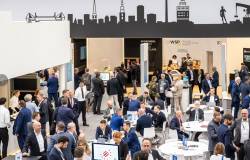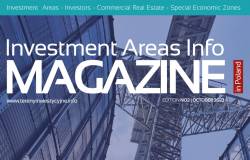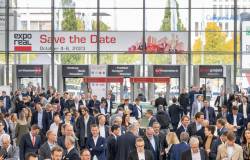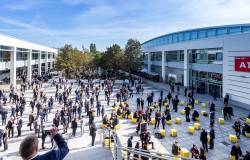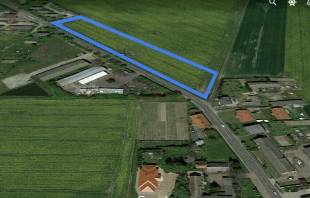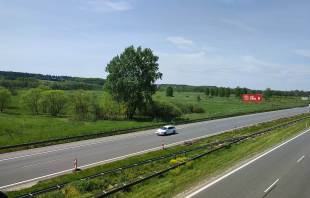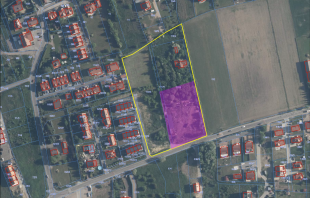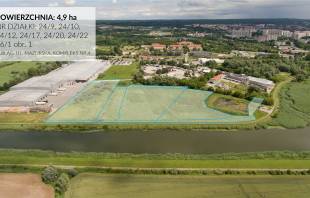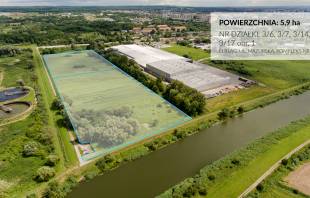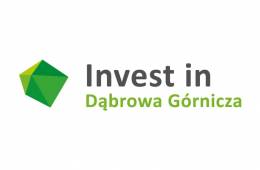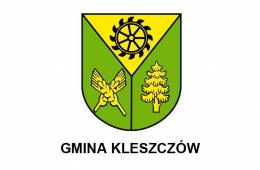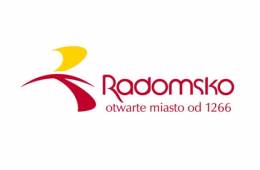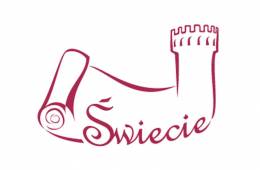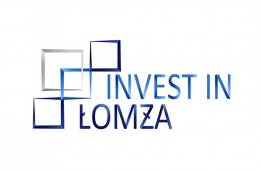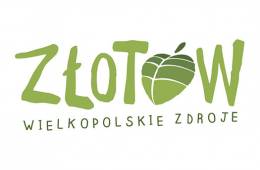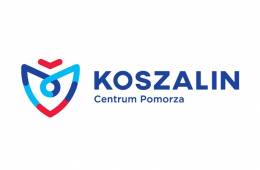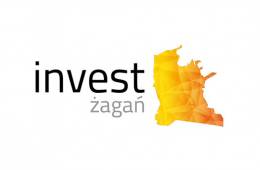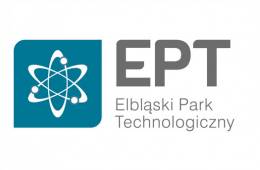Interview with the Deputy Mayor of Warsaw Michał Olszewski.
What will be the theme of Warsaw’s stand during the Expo Real 2015 fair in Munich?
The main theme for Warsaw’s stand during the Expo Real 2015 fair for investment will be the Bliska Wola and Praga districts. We are planning to exhibit the impulse for development, which for these areas is the second subway line, in a few more editions of the fair. One of the reasons for which we would like to have as many new projects implemented there as possible is the fact that the new subway line greatly facilitates the communication of these areas not only with the center of Warsaw but also with other districts of the city. Therefore, it is natural for us to promote projects which are on this axis, including our Porta Varsoviaon Emilia Plater Street. Among the remaining investments there are projects implemented within the reach of the subway line, such as Warszawa Główna Station at Daszyński roundabout in Bliska Wola by Xcity Investment or the Centrum Koneser investment in Praga by BBI Development, into which this year Google Campus is moving. In Bliska Wola the flagship project by Ghelamco, the Warsaw Spire, is being created, which will be promoted at the fair also by Bank Zachodni WBK. Our partners will additionally present the center of the city by means of such investments as the “Nowy Sezam” by BBI Development, Nowogrodzka Square by Yareal Polska, Centralna Park by XCity or the plot on Chmielna Street belonging to the Polish Post. HB Reavis will promote its investment Gdański Business Center at the Gdańsk Station. The partners of the city at the fair will also be CMTeam, Orange and White Star Real Estate. This is the basis for the philosophy of our presentation at the fair – we try to present both public and private projects, comprehensively emphasizing the investment potential of Warsaw.
What areas will Warsaw present?
Our jewel in the crown, plot with great potential, is the Porta Varsovia – the area at the intersection of Nowogrodzka and Emilia Plater Streets. The project will be composed of two towers of respectively 160 and 180 m in height. We expect it to be our greatest transaction in the last few years. This project is worth a few hundred million zlotys.
However, we do not treat this offer as the main subject of our presentation at the fair. We are more interested in presenting the whole real estate market in Warsaw and the potential for development that the Polish capital city has.
What questions do investors at investment fairs usually ask? What are they afraid of?
We have been attending fairs with investors since 2008; therefore, we are asked relatively few questions connected with investment risks. Their presence and successes in Warsaw allow us to acquire new ones. In contrast to many other Polish cities, we do not have any problems with the presentation of objective and reliable information on the topic of investments, as we are highly rated in the majority of important investment attractiveness rankings in Europe. Warsaw has remained the regional leader in those, and this is how we are perceived by investors.
The office space in Wola will soon exceed 600,000 sq. m. Should investors fear oversupply?
Quoting the latest report by JLL, in the first half of the year 2015 new contracts accounted for almost 255,000 sq. m, the other ones – 29,700 sq. m – were expansions of the existing entities. Net demand was 73% of the total volume of transactions. The largest transactions of the second quarter are a pre-let contract for 21,000 sq. m for a confidential lessee at the Warsaw Spire in Bliska Wola, a renewal of the contract with EY for 13,500 sq. m at the Rondo 1 in Śródmieście, a pre-let contract by Aviva for 12,000 sq. m at the Gdański Business Center by the first subway line, and a pre-let contract for 6,200 sq. m for the Center for EU Transport Projects, also at the Warsaw Spire. As JLL experts say, the demand will remain high in the other quarters of the year 2015 and also in 2016. After building the central section of the second subway line, we have some reserves as regards efficient and modern public transport in those parts of the city which are of interest to us. The communication capabilities are an extremely important aspect, and in Bliska Wola there is no reason for concern. The second subway line has much greater transport capacities than the ones currently used. The second line
is at present used by 80-90,000 people a day, while the first one – by 550,000 people. Additionally, we have the advantage of microeconomic indices and the persistent high rate of economic growth in Poland. Therefore, I would not worry about the absorptive capacity of office spaces in Wola and other areas.
How do you present the advantages of the revitalization of Praga to investors from the commercial real estate market?
Praga is radically different from Wola. Aside from the five densely built-up areas, today Praga does not have typical modern development projects implemented on plots with high absorptive capacity. We would like to maintain there the street-facing development wherever possible. The exception are large post-industrial projects, such as the Bohema on Szwedzka Street or the Soho project in
Kamionek. In case of the project in place of the former ZT Kruszwica in Targówek, we are helping the investor with changes in the local land development plan. We treat and promote the Praga market as a chance for smaller projects of 3-5,000 sq. m. We are slowly beginning to experience some interest in those areas from companies which purchase premises in order to build the potential of high streets and invest in long-term lease contracts.
Can we therefore expect new high streets to emerge?
Together with the Warsaw division of the Association of Polish Architects, last year we developed a new concept of the restoration of the economic potential of this area. It is concerned with the inner city part of Praga (including Ząbkowska, Mała, Inżynierska, Targowa, and Wileńska Streets). Those are relatively difficult projects because in addition to the renovation of business premises it is also necessary to reconstruct the street and adjust it to potential pedestrian traffic. In this region, as a city, we have about 600 business premises, for which we are planning to implement appropriate policies. We believe that this place has the greatest potential. This year we are preparing to select an advisor whose task will be to develop a comprehensive offer for the shaping of Praga’s high streets. We have adopted the assumption that the investment process in this region should be completed within 4-5 years.
You have mentioned that the purpose of the promotion is to present Warsaw as an attractive place to do business. What industries would the city like to attract the most?
Warsaw has always attracted the interest of the financial market. We have the largest financial market and the largest stock exchange in Central Europe. Therefore, we are always favorably disposed toward entities from the financial sector as new lessees of office spaces. The confirmation of the fact that we are attractive to this market would be, for instance, the transfer of the headquarters of
Money Gram to Warsaw last year. This attractiveness is determined not only by the large number of institutions or the market power, but also the potential of Warsaw in terms of human resources: Warsaw at present leads the way as regards the number of economics, finance and management graduates in the country. In this way, we are competitive when it comes to recruiting adequately
qualified staff.
Of course, the dream of every city is to attract the largest number of R&D projects. Still, we do realize that many companies, aside from a space for research, look for a place where they could at the same time produce prototypes, and to those Warsaw is less attractive. Therefore, we are changing our approach and planning to present not only the offer of the capital city, but also of the Warsaw metropolis covering 40 communes. We will focus on five industries: nanotechnology, ICT, photonics, energy production and biotechnologies. To this we will add the creative industry; however, the process of metropolization does not concern it, as this industry focuses mainly on Warsaw.
What does the issue of building permits look like in Warsaw? In the Doing Business 2015 Poland ranking, the capital city came fourteenth in terms of settling those formalities.
In the face of such rankings, we always reply: “If it’s so bad, then why is it so good?” Rankings evaluating administrative proceedings usually do not take into consideration the
circumstances in which those take place. Therefore, the data must be interpreted with a proper commentary.
It is no coincidence that the top cities are those which do not enjoy great popularity among investors. In this ranking the worst appear to be cities such as Warsaw, Gdańsk, Cracow and Poznań. The truth is that the time of issuing decisions on building permits is influenced directly by the large number of applications by investors. In this respect, Warsaw is an undisputed leader. We are also faced with the most complicated projects, and the procedure of issuing a building permit for an investment of 100,000 sq. m is different from one for an investment of 1,000 sq. m. Therefore, expecting this decision to be simple is a misunderstanding. In conclusion, the longer time of waiting for building permits does not arise from our hostility toward investors but from the number, scale and level of complexity of the investments.
Warsaw is beginning the implementation of joint projects concerning public space with developers, for instance, European Square with Ghelamco. Are there any plans to develop this cooperation?
We are implementing three such projects. The first one is located in Praga and includes, among others, cooperation with developers implementing five large projects, with whom we are trying to create a public space. The second project, Nowa Towarowa, was commenced in the spring. The third one, at present at the lowest level of advancement, is called “Nowe Centrum” [“The New Center”]. This project is implemented in the area of Marszałkowska Street, Królewska Street, Jerozolimskie Ave., Krakowskie Przedmieście Street and Nowy Świat Street. We are planning, together with private partners, to use the potential of public space. We are discussing how to reduce traffic in this area, increase the attractiveness of business premises, provide more parking spaces (currently proceedings for the purpose of selecting a partner for two underground car parks are underway), etc. We are reviewing this project with LHI and Kulczyk Silverstein Properties, among others.
Deputy Mayor of Warsaw Michał Olszewski
















